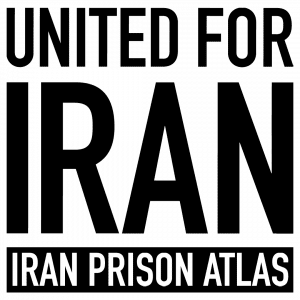Press Freedom
Iran is one of the world’s ten worst countries for press freedom. The country has jailed hundreds of journalists in the past three decades, making it one of the most repressive countries for journalists. Slice and dice the data to understand the state of press freedom in Iran.

Lack of press freedom in Iran
Press freedom is defined as the ability of journalists to select, produce, and disseminate news in the public interest, independent of political, economic, legal, and social interference, and in the absence of threats to their physical and mental safety. In 2022, Iran was ranked the third worst country in RSF’s Press Freedom Index. The two countries worse than Iran for journalists are Eritrea and North Korea. The Iranian government intentionally creates a climate of fear to stifle press freedom. This conduct is a violation of Iran’s international legal obligations under articles 19, 21, and 22 of the International Covenant on Civil and Political Rights (ICCPR), which Iran ratified in 1975.
Iran’s policy to stifle a free and independent press
The government of Iran has demonstrated a policy to curtail the fundamental freedoms of Iran’s civilian population, including the free exchange of ideas in Iranian society and press. This policy is implemented through three tactics: restrictive laws, public denigration, and physical suppression.
The first tactic is the enactment of repressive laws. Iran uses discriminatory, vague, and poorly defined laws to suppress members of the press who express dissenting opinions. The infractions criminalised under Iranian law carry significant consequences, including years of imprisonment, corporal punishment, and even the death penalty.
The second tactic is to publicly accuse journalists of being threats to the Islamic Republic. Iranian politicians, clerics, prosecutors, and judges routinely speak against the press to malign free expression in Iranian media. Often, dissident journalists are publicly accused of “cooperating with foreign intelligence” or “attempting to overthrow the Islamic Republic,” regardless of whether there exists any evidence.
The third tactic is the physical suppression of journalists, reporters, editors, publishers, and bloggers. Iran relies on its police force and judiciary to raid press offices, harass and arrest journalists, physically or mentally torture them, deny them fair trials, convict them on baseless and unsubstantiated charges, and sentence them to excessive prison terms and corporal punishment. Once detained, journalists are often mistreated in prison and sometimes even tortured.
Lack of independent media
Iran’s dissemination of news is largely controlled by the government, with almost no independent media outlets. The few independent journalists that remain are constantly under threat of persecution. As a result, the main sources of news and information come from media outlets outside of the country. However, Iranian journalists working for international media are also subjected to harassment and threats, which makes their work dangerous and causes a chilling effect.
How to engage with the data
The data visualizations on this website are fully interactive. For the most part, you can hover over or click on individual charts to see additional data, details or explanations. You can also use the filter feature in the top right corner to view the charts through different lenses. Moreover, under each chart, there are tips and hints to help you navigate it. Look for a red megaphone icon.
To create a filter, click on the pertinent value within each category. To select multiple values, hold the Control key or the Command key on your keyboard and click on the values of interest. It is possible to combine values from different categories. However, some combinations may be invalid; in that case, the charts will show no values. Finally, some charts are unaffected by filters—for example, the trend chart will always show all years, and gender ratios will be displayed even when filtering by male or female.
To remove a filter, click on the selection again. To clear all filters and return to the original visualization, refresh the page using the refresh button in your browser or the F5 key on your keyboard.
Our Data Partner
Iran Prison Atlas (IPA) is a comprehensive database of political prisoners in Iran, created and administered by United for Iran. IPA collects, verifies, and publishes cases of political prisoners, including information on prisons and prison conditions, as well as the judges and courts that sentence the prisoners. For more information on arbitrary detentions and individual cases that are represented in these visualizations, you can explore the IPA database.







